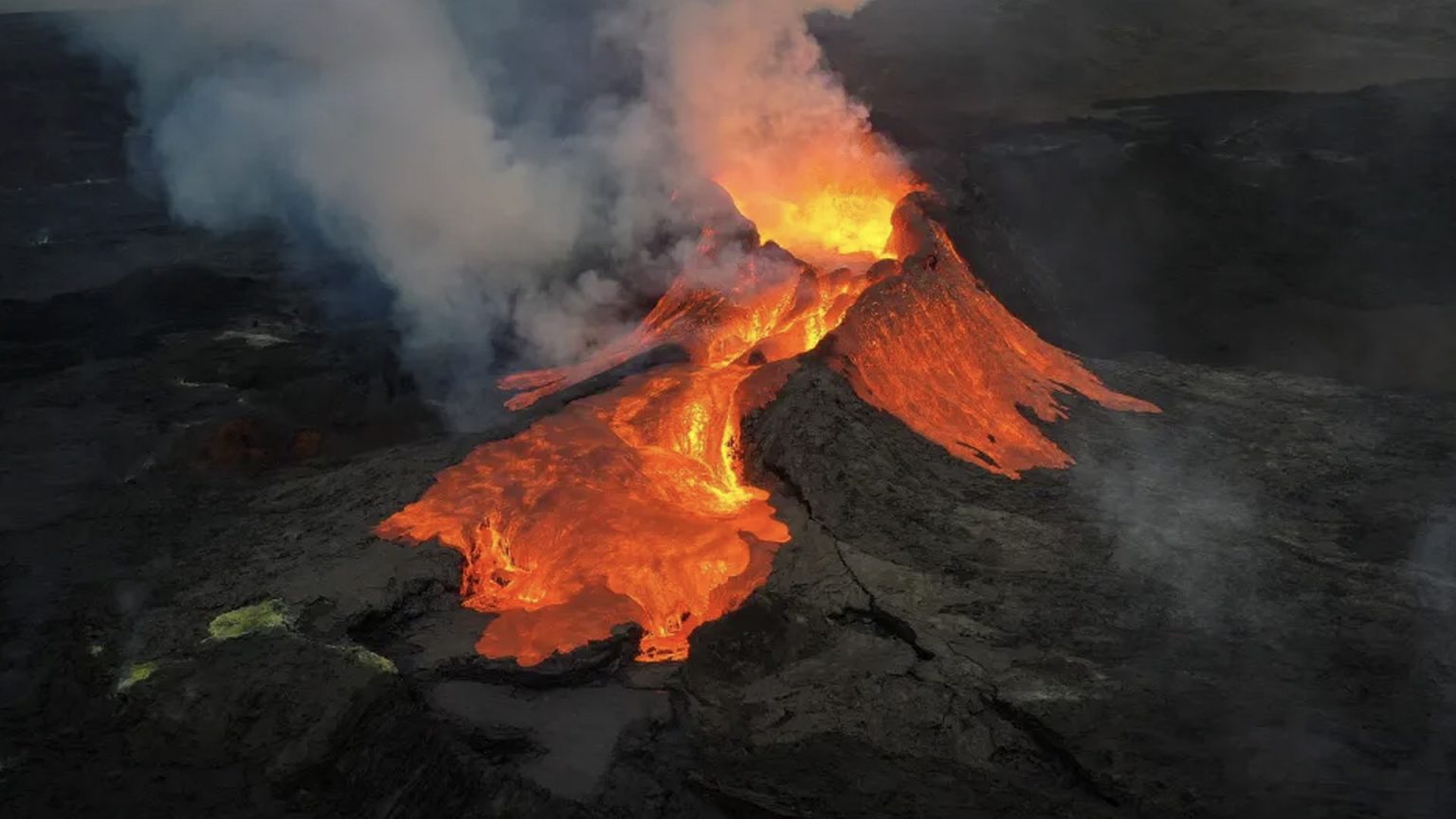While Britain is often associated with rolling hills, verdant landscapes, and historic castles, a lesser-known aspect of its geological history is its volcanic past. Scattered across the United Kingdom are the remnants of dozens of long-extinct volcanoes, silent testaments to a fiery era millions of years ago. These dormant giants pose no threat today, allowing us to explore their legacy in the form of dramatic peaks, stunning valleys, and unique geological formations. From the peaceful village of Warboys, sitting atop a buried volcano just 80 miles from London, to the rugged heights of Scafell Pike, England’s highest peak, the traces of volcanic activity are woven into the fabric of the British landscape.
The volcanic heritage of Britain spans millions of years, with eruptions ceasing around 50 million years ago. This long period of dormancy has allowed nature to reclaim these volcanic sites, transforming them into breathtaking landscapes ripe for exploration. The Lake District’s iconic peak, Helvellyn, and the towering Scafells, including Scafell Pike, owe their existence to volcanic activity dating back 450 and 400 million years respectively. These ancient eruptions, occurring within calderas and leaving behind volcanic rocks, shaped the dramatic topography we admire today. Similarly, the stunning glacial valley of Glen Coe in Scotland, carved through volcanic rock formations, whispers of a supervolcano eruption that occurred approximately 420 million years ago.
Supervolcanoes, capable of eruptions of magnitude 8 on the Volcanic Explosivity Index, represent the most powerful volcanic events. Glen Coe’s ancient supervolcano eruption left its mark on the landscape, creating the dramatic valley we see today. Another location associated with ancient volcanism is Rockall, a remote granite islet in the North Atlantic Ocean, claimed by the UK but disputed by Ireland. This uninhabitable speck of land, rising just 56 feet above the waves, bears witness to volcanic activity in the distant past. Further north, the dramatic cliffs of Esha Ness on Shetland’s Mainland reveal the remnants of a stratovolcano, a classic cone-shaped volcano built up over time by layers of lava and other volcanic materials. This stratovolcano, active around 395 million years ago, experienced violent and explosive eruptions, sculpting the rugged beauty of the Esha Ness peninsula.
Volcanic eruptions occur when magma, molten rock beneath the Earth’s surface, forces its way through the crust. This eruption can release lava flows, spew volcanic ash and rocks into the atmosphere, and emit toxic gases. While some eruptions are cataclysmic, others involve smaller, manageable lava flows. Volcanoes often provide warning signs before an eruption, such as tremors or gas releases, allowing for evacuations and mitigating potential damage. The diverse volcanic history of Britain demonstrates the varied nature of these eruptions, from the explosive stratovolcano of Esha Ness to the fissure eruption that formed the Giant’s Causeway in Northern Ireland.
The Giant’s Causeway, a UNESCO World Heritage site, showcases a unique geological formation: a vast expanse of interconnected basalt columns. This remarkable landscape resulted from a volcanic fissure eruption, where molten basalt emerged through cracks in the Earth’s crust and spread over chalk beds. As the lava cooled and contracted, it fractured into the iconic hexagonal columns that characterize the Giant’s Causeway today. This volcanic activity, occurring around 50 to 60 million years ago, created a natural wonder that draws visitors from around the world.
From the gentle hills of Cambridgeshire to the rugged peaks of Scotland and the dramatic coastal formations of Northern Ireland, the UK’s extinct volcanoes offer a fascinating glimpse into the Earth’s dynamic past. While these volcanoes no longer pose a threat, their legacy remains etched in the landscape, providing opportunities for exploration and a deeper appreciation of the geological forces that have shaped the British Isles. The now peaceful landscapes belie a fiery history, reminding us of the Earth’s ever-changing nature. These dormant giants, once sources of fire and fury, now offer breathtaking scenery and unique geological wonders, inviting us to explore their silent majesty.











